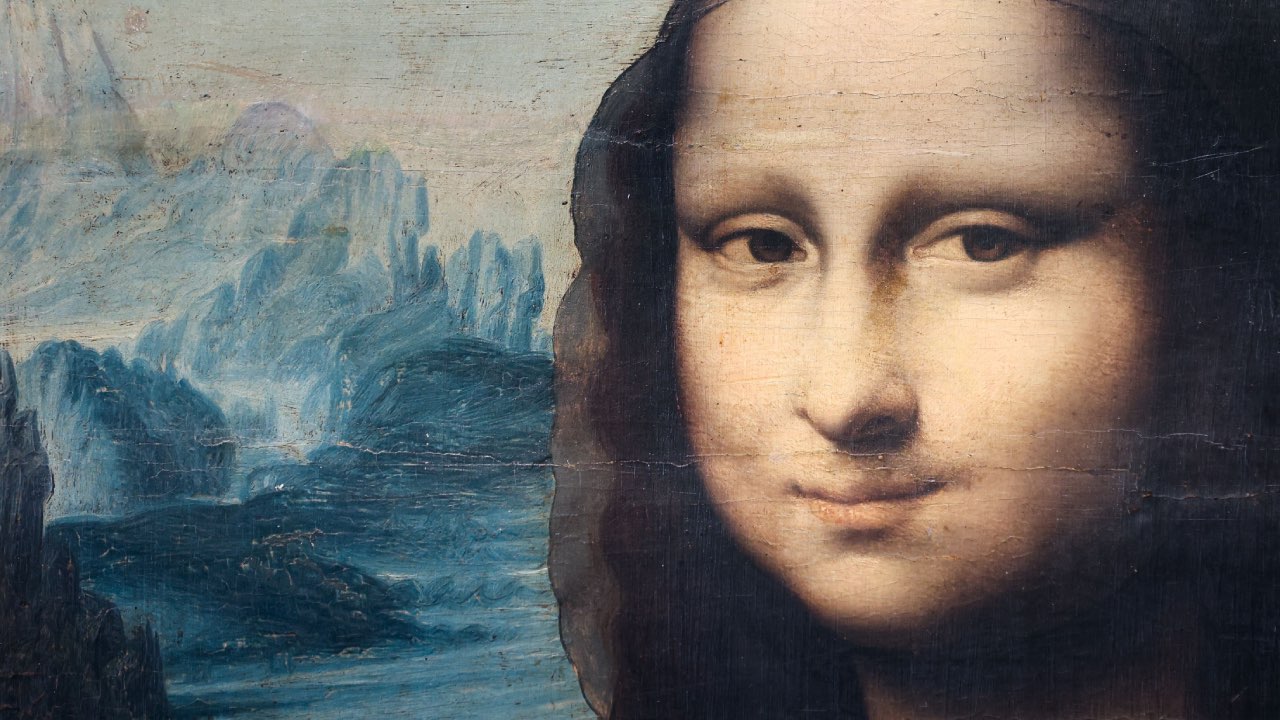5 times the Mona Lisa was threatened

Since the Mona Lisa began hanging in the Louvre Museum in Paris in 1804, many have attempted to either vandalise or steal the priceless artwork.
Leonardo da Vinci’s Mona Lisa is widely considered one of the most beloved artworks in the world, with millions of people each year flocking to see her elusive smile.
This level of fame has left the Mona Lisa vulnerable to threats of vandalism and theft, with five notable attempts leaving the artwork subject to much higher security.
1911: The Mona Lisa is stolen
In 1911, Italian handyman Vincenzo Peruggia and his two accomplices hid in a closet in the Louvre until the museum closed to steal the Mona Lisa.
The artwork, which was considered a minor work by da Vinci at the time, was taken by the men and stashed in the floorboards beneath Peruggia’s Paris apartment.
Two years after the theft, Peruggia attempted to sell the work to a dealer in Florence, Italy, who inevitably called the police on the thief.
Peruggia spent six months in prison and the painting was returned to the Louvre.
1956: A rock is thrown at the Mona Lisa
In the year of 1956, the Mona Lisa was vandalised twice by two different assailants.
First, the vandal attempted to take a razor blade to the painting, though no damage ended up being inflicted.
Then, a Bolivian man named Hugo Unjaga Villegas tossed a rock at the painting.
“I had a stone in my pocket and suddenly the idea to throw it came to mind,” he said at the time.
Thankfully, the painting was already behind glass, meaning the rock did no permanent damage.
1974: The Mona Lisa is nearly damaged while on tour in Tokyo
When da Vinci’s masterpiece was on display for a limited time at the National Museum in Tokyo, 1.15 million people came to see the painting.
One of those people was Tomoko Yonezu, a 25-year-old Japanese woman who tried to spray paint the canvas in red on its first day on view.
In the days before the opening, the presentation had been the subject of discussion among disability activists, who claimed that in refusing access to those who needed assistance in the name of crowd control, the National Museum was discriminating against the disabled.
In an act of defiance, Yonezu managed to spray between 20 and 30 droplets of paint on the artwork, which was able to be restored.
Yonezu was convicted of a misdemeanour and made to pay a fine of 3,000 yen, as the National Museum set aside a day when the disabled could exclusively visit the Mona Lisa.
2009: The Mona Lisa is hit with a teacup
On an otherwise ordinary day at the Louvre, a Russian woman came to the gallery in 2009 and smashed a teacup against the iconic artwork.
She had come to the museum with the cup concealed in her bag, with representatives at Louvre claiming she had let loose because she had been denied French citizenship.
Thanks once again to her glass case, the Mona Lisa was not damaged.
Still, some took the attempted vandalism as proof that greater security was needed, as the Louvre eventually upgraded the glass on the Mona Lisa in 2019.
2022: The Mona Lisa gets caked
In May 2022, the painting was targeted by climate change activists who smeared cake on the protective glass of the artwork.
The 36-year-old man who staged the vandalism had arrived at the museum in a wheelchair dressed as a woman, as some caught the aftermath of the event on video and posted it to social media.
“There are people who are destroying the Earth,” the man said in one video, speaking in French. “All artists, think about the Earth. That’s why I did this. Think of the planet.”
The man was immediately detained, and the Louvre has filed a criminal complaint, with the Mona Lisa once again remaining intact.
Image credits: Getty Images
